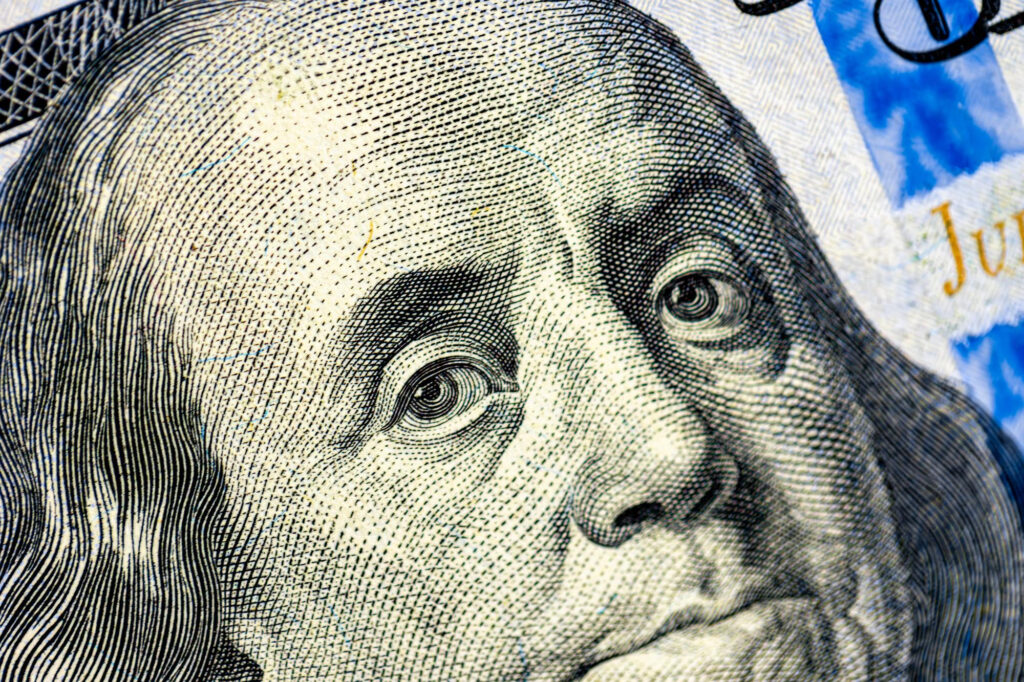Marketing blogs the web over are teeming with articles and infographics extolling the benefits of emotional marketing. However, something these articles often distinctly lack is hard data, more specifically, data on the impact emotional marketing has had on companies bottom lines.
Anecdotal case studies about how emotional marketing boosted Facebook likes for a campaign are all fine and dandy., but we’re pretty sure you guys are clamouring for some real ROI (Return On Investment) stats to back up the ever-growing hype surrounding emotional marketing, aren’t you? Well as you’ve probably guessed, we’re going to provide you with some of those juicy stats right here.
1. O2
It’s hard to believe now, but O2 was once a struggling company, which, as reported by Adage, was largely due to it having an “unremarkable brand characterised by rational product claims that had lost their potency”. However, things changed dramatically when they launched an emotional marketing campaign with the help of VCCP which centred around the emotional concept of “freedom and enablement”.
This shift from a rational to emotional marketing approach resulted in dramatic uplifts in “customer acquisition, loyalty and average revenue per user”. It was a key contributor to the companies later acquisition for £18 billion, which was over 3 times its IPO price. Econometric modelling of the emotional marketing campaign specifically showed “£4.8 billion of incremental profit during the period of the campaign”. For some context, that was the largest marketing campaign ROI of any case study in the IPA databank at the time.
2. Proctor & Gamble
It’s unlikely that you go through a single day without coming in contact with a P&G product at some point. Over the decades the FMCG behemoth has managed to penetrate bathroom cabinets and kitchen shelves the world over. The data we found shows that by utilising the power of emotional marketing, P&G has managed to continue growing sales at an impressive clip, even at its huge size.
P&G utilised emotional marketing to great effect by releasing a well thought-out ad campaign for the 2012 Olympics which focused around the concept of “empowerment” and aligning that empowerment strongly with mothers. The key emotional message was, as reported by BonhamWills, that “a mother empowering her child to participate in the Olympics is a feat that is almost as impressive as being an Olympic athlete”.
Unruly Media reported that the ‘Best Job’ campaign was the 7th most shared campaign of all time (as of 2013) and was responsible for a $200 million sales increase for the brand.
3. McDonalds
During the same Olympic period another well-known brand knocked it out of the park thanks to a well-executed emotional marketing campaign. We’re talking about none other than McDonalds. Their “We All Make The Games” campaign centred around the emotional concepts of “togetherness” and “inclusiveness”.
The campaign markedly increased “brand affinity, trust and relatability” and crucially, resulted in a return on marketing investment of £5.60. Not too shabby at all.
Conclusion
So as you can see, emotional marketing drives significant ROI across a range of industries. As is put eloquently by Hamish Pringle, Director General of the IPA, emotional marketing on the whole “generates a wider range of desirable business effects, each of which plays its part in improving profitability”.

(Image source: https://www.neurosciencemarketing.com/blog/articles/emotional-ads-work-best.htm)
Still not convinced? Well then let us leave you with this. Pringle and Field analysed 1,400 successful advertising campaigns that were submitted to the IPA databank over three decades. They sought to compare, as reported by Neurosciencemarketing.com, the profitability boost of marketing campaigns that relied largely on emotional appeal with those that relied heavily on rational persuasion and information. Want to know what they found? Purely emotional content performed twice as well as purely rational content with regards to profit gains. Mic drop.




